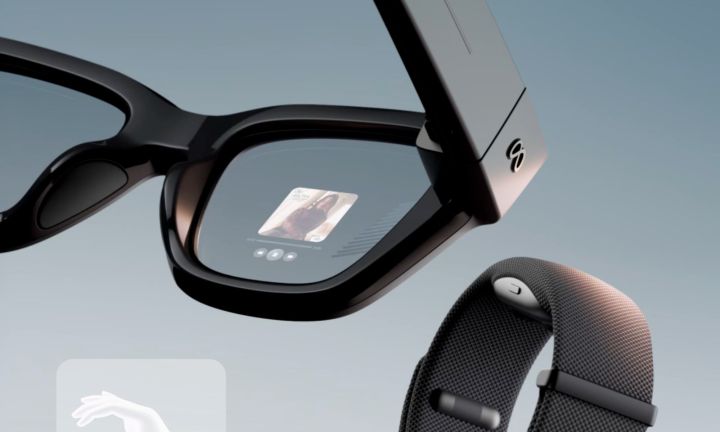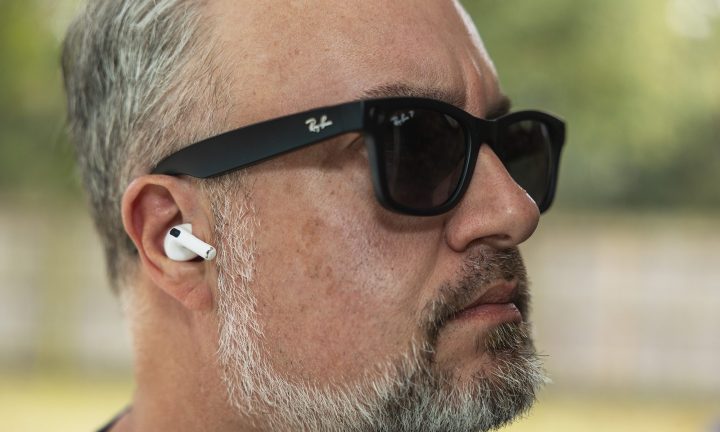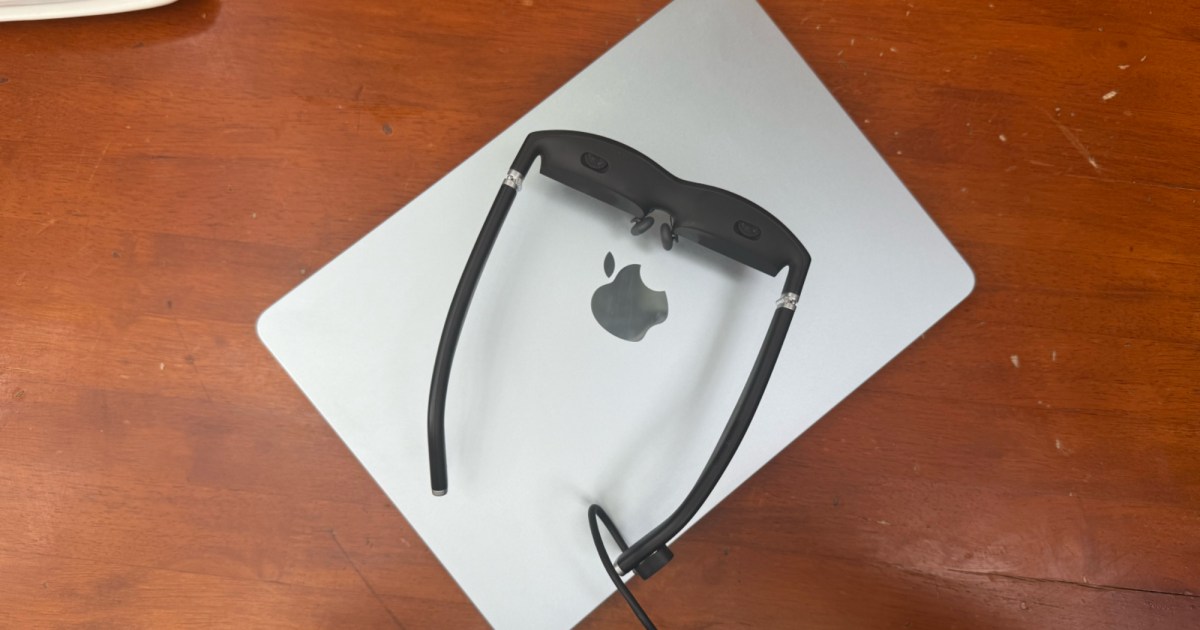What’s happened? Due to the underwhelming response to the Vision Pro, Apple came up with a strategy to create a more affordable version of the mixed-reality headset. However, the company is now pivoting toward smart glasses.
- Bloomberg’s Mark Gurman suggests that Apple has paused the development of the lighter and cheaper version of the Vision Pro.
- The company is reallocating its resources to the development of its first smart glasses, a daily wearable device similar to Meta’s Ray-Ban glasses.
- The second generation, however, will incorporate built-in displays (similar to Meat Ray-Ban Display) and offer two distinct operating modes.
Why is this important? For a tech behemoth like Apple, abandoning a project and moving on to the next one often takes time, but the pivot mirrors a broader industry trend. In contrast to larger, heavier mixed-reality headsets, smart glasses are more comfortable, convenient, and, not to mention, more affordable.

The Meta Ray-Ban Display smart glasses and the Meta Neural Band controller. Meta
- The second-generation glasses could run on a full version of visionOS when connected to a Mac, offering a desktop-class augmented reality workspace with features such as rich notifications, content handoff, and hands-free controls.
- However, when connected to an iPhone, the device can run a lightweight, mobile-friendly version that provides basic features, such as hands-free calling and messaging, as well as AI-powered features.
- On the new Meta smart glasses with a display, app support is extremely limited. Though Meta has released the tool that allows developers to build apps for the smart glasses platform, Apple already has a huge lead with millions of apps already available across its mobile and desktop platforms.
Why should I care? If you’ve been impressed by the Vision Pro’s capabilities, but its price is stopping you from getting one, the more affordable smart glasses could be your entry point into Apple’s AR/MR ecosystem. Furthermore, the device should provide seamless integration with Apple devices, allowing you to manage incoming calls and messages without using your smartphone.

There are times that only the AirPods Pro will do. But the Ray-Ban Meta are often the only “earbuds” in my bag. Phil Nickinson / Digital Trends
OK, what’s next? For now, Apple is gearing up to unveil a slew of products powered by its M5 chip, including a new iPad Pro and new MacBooks. However, in 2026 or 2027, it could launch its first smart glasses, followed by the release of the second-generation model with a built-in display. These devices will compete directly with Meta’s existing lineup (and any products it might launch in the future).
